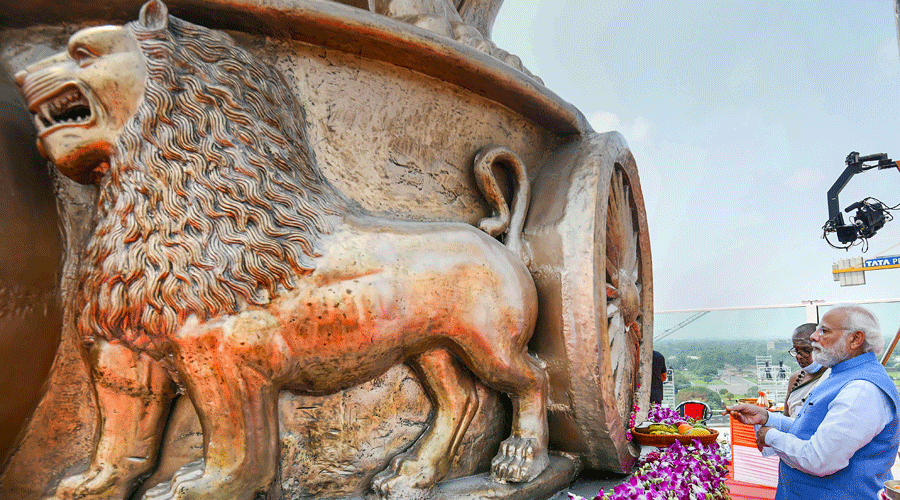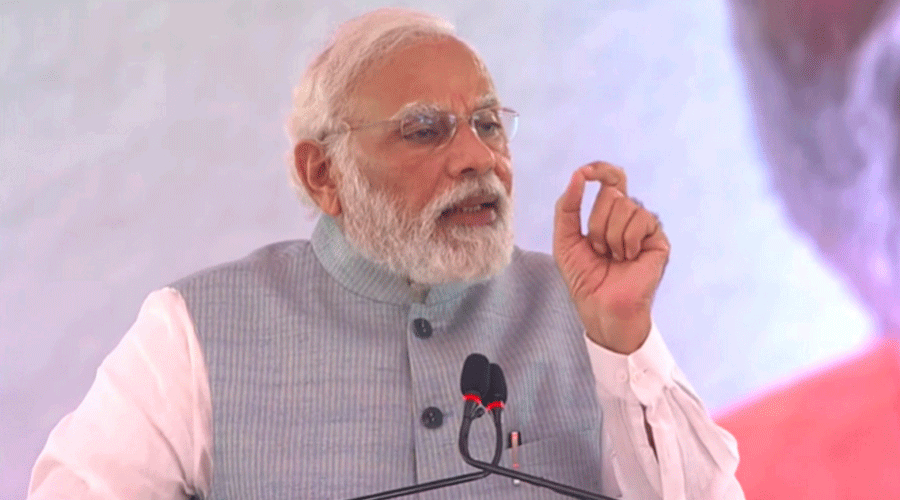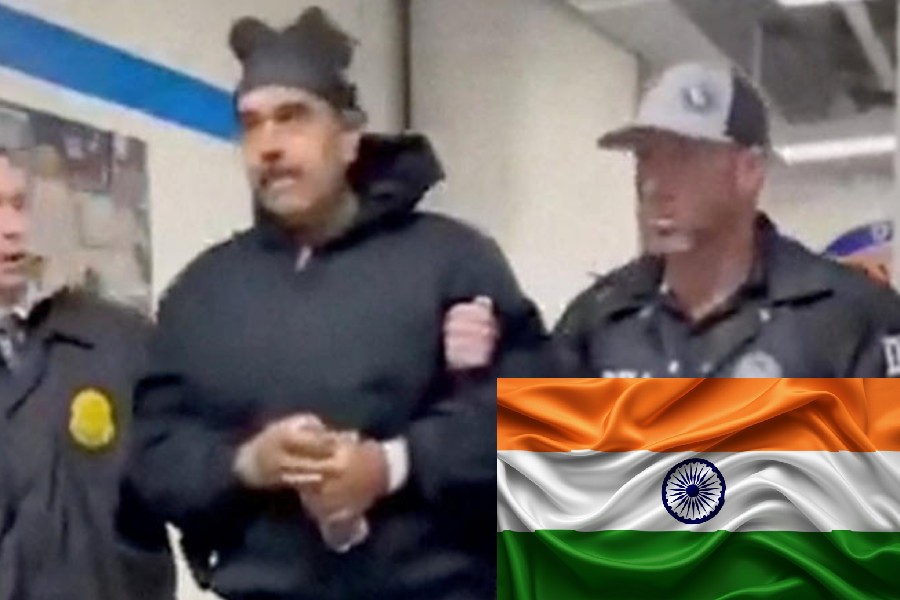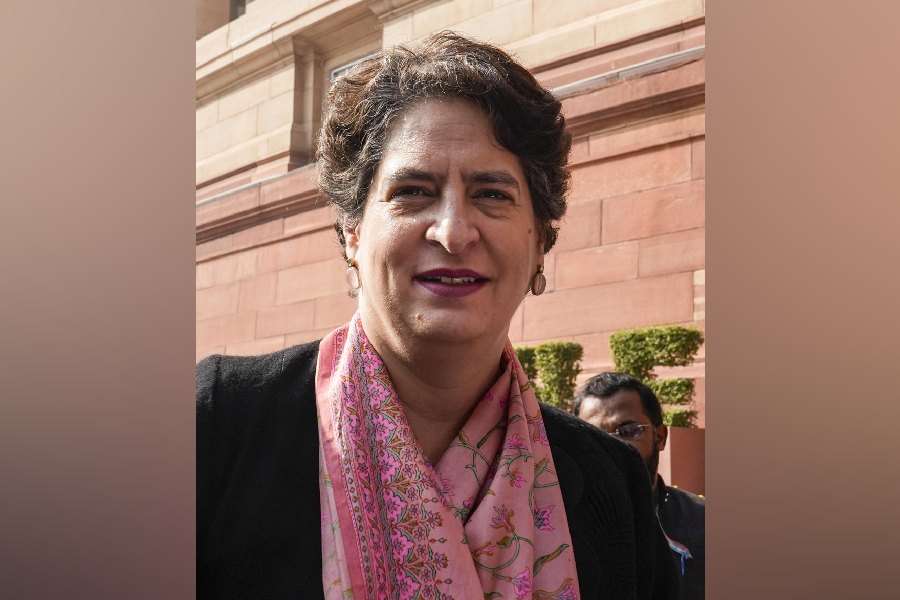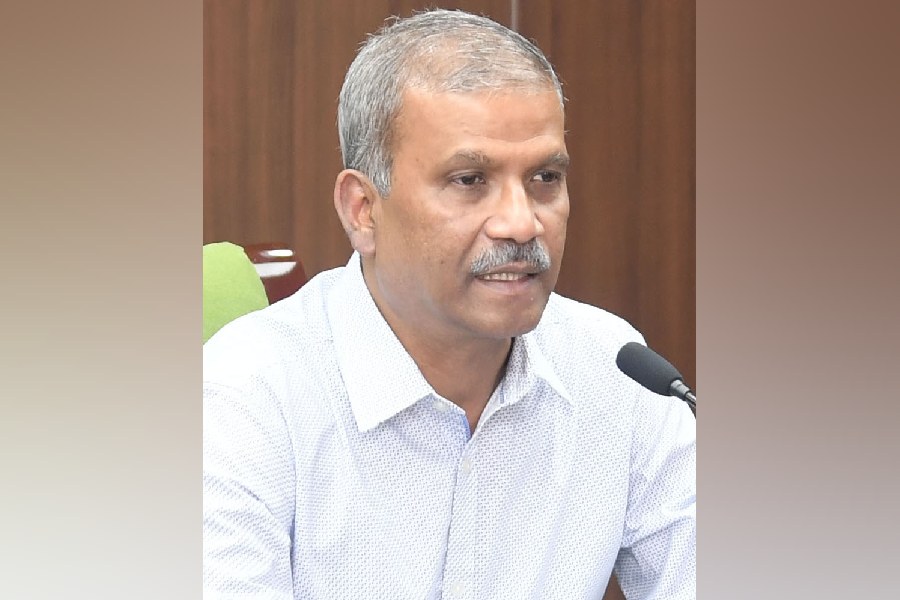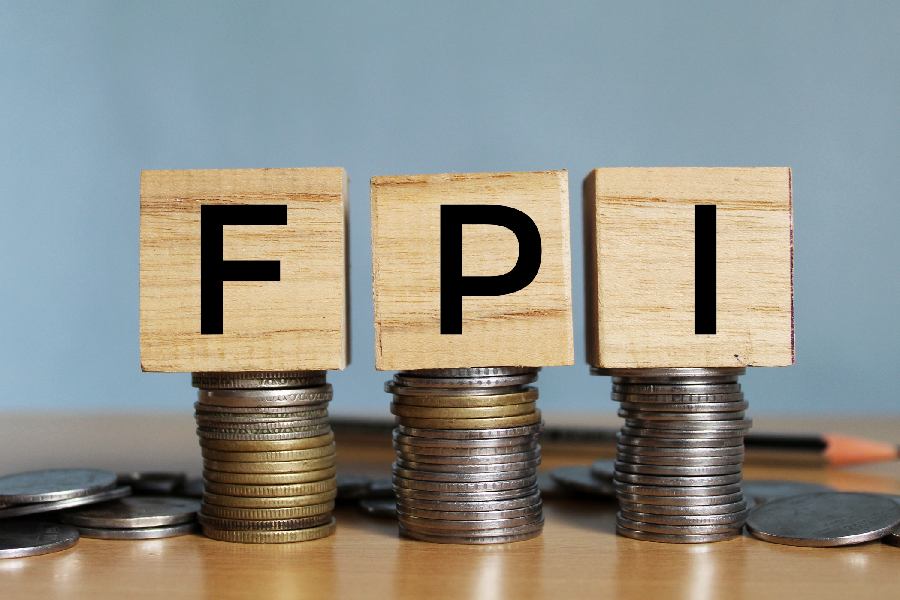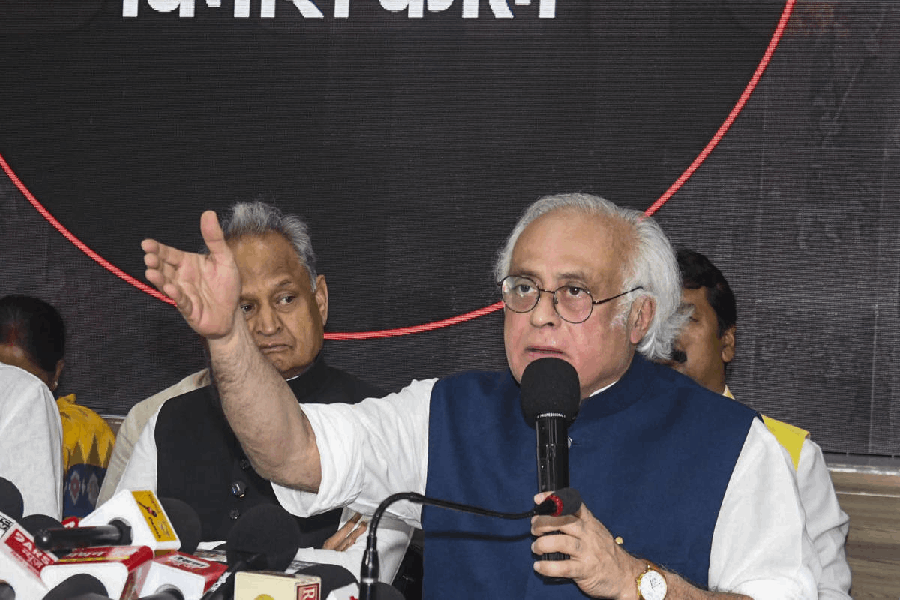The Narendra Modi government has been accused of distorting and insulting India’s national emblem, with the Opposition and social activists pointing out that the lions in the emblem cast that the Prime Minister unveiled on Monday are snarling — a departure from the picture of “restrained strength and peace” that the lions in Ashoka’s pillar at Sarnath present.
Ashoka’s Lion Capital in Sarnath, the site of the Buddha’s first sermon, was adopted as the national emblem on January 26, 1950.
On Monday, Prime Minister Modi unveiled a 6.5-metre-high cast of the national emblem atop the new Parliament building that is scheduled to open later this year.

Former Union culture secretary and now Trinamul MP Jawhar Sircar shared pictures of the emblem’s old and new versions and tweeted: “Original is on the left, graceful, regally confident. The one on the right is Modi’s version, put above new Parliament building — snarling, unnecessarily aggressive and disproportionate. Shame! Change it immediately!”
If the original emblem stands for Mahatma Gandhi, Supreme Court lawyer and activist Prashant Bhushan suggested, the new version mirrors his assassin Nathuram Godse.
“From Gandhi to Godse; From our national emblem with lions sitting majestically & peacefully; to the new national emblem unveiled for the top of the new Parliament building under construction at Central Vista; Angry lions with bared fangs. This is Modi’s new India!” Bhushan tweeted.
Government spokespersons claimed there was “no deviation”. They emphasised the size — boasting that the Central Vista emblem is four times taller than the Sarnath version — and argued that like beauty, “calm and anger” too lie in the “eyes (sic) of the beholder”.
Sircar told The Telegraph that the Ashokan symbol had been chosen out of thousands of candidates as the national emblem as it represented restrained strength and peace.
“State power necessarily harps on strength but the symbol represents restrained strength and peace, not aggression. What we see in the new symbol is a sense of departure from those principles to show the lions as aggressive,” Sircar said.
Sircar said the placid expression on the face of fierce creatures like lions in the original emblem embodied the message of peace that Emperor Ashoka intended to emphasise.
Tweeting on the same lines, lawyer Sanjoy Ghose said: “India as symbolised by the original Sarnath Capital and Modiji’s Lions. Old India: strong, confident and hence endearing. New India: angry, insecure and hence vengeful.”
“The original emblem has a mild and gentle expression” but the new one “shows a man-eater’s tendency to consume everything in the country”, the Rashtriya Janata Dal tweeted in Hindi.
“Every symbol reflects the inner thinking of the human being. A human being uses symbols to show the common man what is his true nature.”
Congress communications chief Jairam Ramesh tweeted: “To completely change the character and nature of the lions on Ashoka’s pillar at Sarnath is nothing but a brazen insult to India’s National Symbol!”
However, Union housing minister Hardeep Singh Puri said the national emblem atop the new Parliament building was a “perfect replica” of the Sarnath lions.
“Sense of proportion & perspective. Beauty is famously regarded as lying in the eyes of the beholder. So is the case with calm & anger. The original #Sarnath #Emblem is 1.6mtr high whereas the emblem on top of the New Parliament Building is huge at 6.5 mtrs height,” he tweeted.
A tweeter, Advaid, wrote: “Historian Ruth Ben-Ghiat in the book Strongmen: Mussolini to the Present mentions how fascism is basically a crisis of masculinity. Everything is represented more aggressively under fascism. Fascism breeds inferiority complex and inferiority complex will foster toxic masculinity.”

